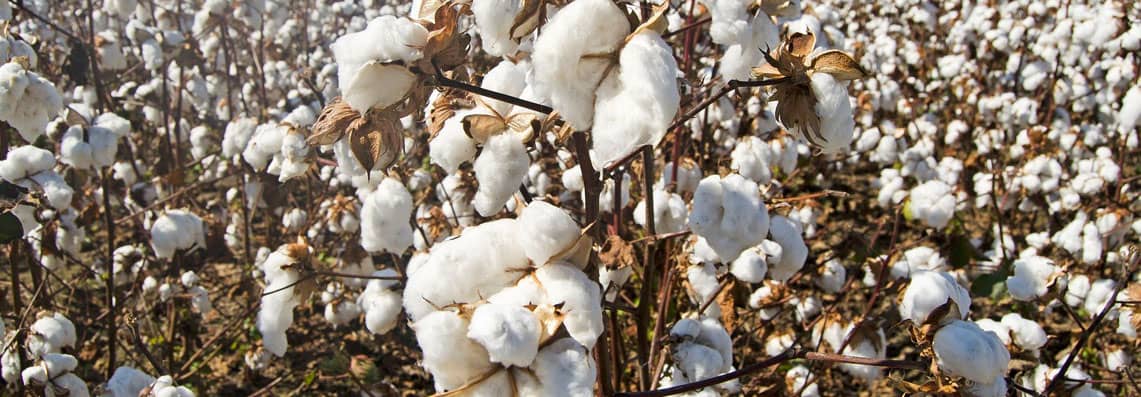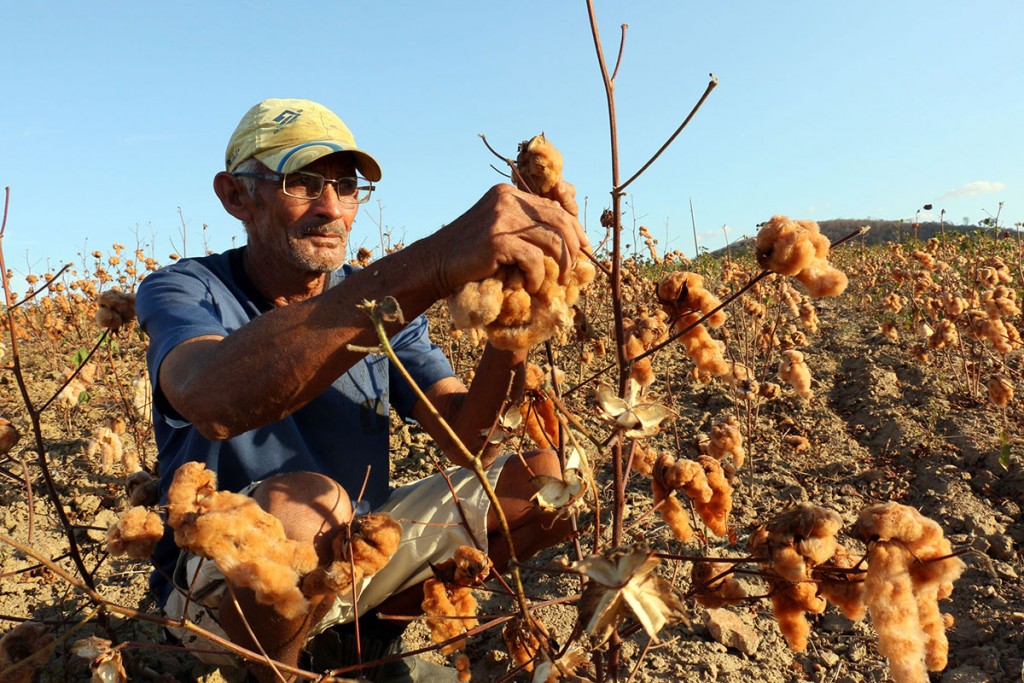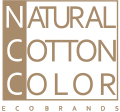Cotton: conventional, organic and BCI. What’s the difference?

Natural, vegetal and biodegradable, cotton is a raw material that plays an important role in the agrarian and industrial economy. Fiber is essential for the textile and clothing industry, however, there is a consensus that the environmental impact is unsustainable, including the intense use of water. To give you an idea, between 7000 and 29000 liters of water are consumed to produce each kilogram of fiber. In this way, it generates wealth, but at an unviable cost.
The pressure that climate change has brought has led major global fashion brands to sign the 2025 Sustainable Cotton Pact. In the document, these brands are committed to using only sustainable cotton in their products by 2025. Learn how to recognize the three types of cotton growing practices
Organic cotton
The cultivation of organic cotton is done without the use of synthetic pesticides and chemical fertilizers.
It can be white or colored, but the seed cannot be transgenic.
The only additives come in the form of natural fertilizers, while the quality of the soil is controlled by crop rotation. There is no environmental impact. The cotton produced in this way is clean and safe, creating a sustainable agricultural cycle.
>>> Colored cotton
Some varieties of cotton are already colored in nature. Most of them, however, had short fibers and were unable to spin. In Brazil, beige, brown and green colored cotton cultivars were obtained by genetic improvement processes to lengthen the fiber.
Research over 20 years at the Embrapa Cotton involved selecting and crossing colored cotton with local white cotton. Since the cross is between different cotton species, it is not transgenic.
With the dyeing phase eliminated, pollution of rivers and streams with paint residues is avoided. In addition, as it is grown without irrigation, water savings are 87.5% – compared to a finished and dyed piece by the industry. Colored cotton can be grown organically or not, but cotton from Paraíba is organic. For this reason, statistics indicate that more than half of the organic cotton produced in Brazil comes from Paraíba, in the form of colored cotton – grown without pesticides, without additives or dyes.
Conventional cotton
The productivity of conventional cotton in Brazil depends on a lot of water, high doses of fertilizers and pesticides to control insects, pests, weeds and chemical additives that regulate growth. The environmental impact is immense. Soil contamination goes to the water table, which carries these toxic elements into the rivers that supply cities.
In Brazil, 94% for conventional cotton is transgenic. The technique used by scientists to form transgenic seeds is called “genetic engineering”. This involves manipulating the genes.
Transgenics means using artificial crosses, made in laboratories, to insert genes from one species (such as a plant, for example) into another species (plant or animal). () The transgenic seed is patented. Only Bayer (ex-Monsanto) owns 88% of the patented seeds worldwide. This forces the farmer to pay royalties. The company, which owns the seed patent, prohibits the farmer from saving seeds. And if the farmer does that, he can be sued by the company.
Better Cotton Initiative (BCI)
It is not a type of cotton. It is a cultivation method that allows for large-scale production. Silvio Moraes, representative of Textile Exchange in Latin America, explains: “BCI cotton is what we can call less bad, for having a certification of minimum conditions, such as not using work in degrading conditions, as well as using protective equipment , but still with production practices of an industrial model ”, says Silvio Moraes, representative of the Textile Exchange organization in Latin America.
BCI seeds are still transgenic, which Textile Exchange and other organizations associate with the need for greater use of chemical substances, including glyphosate, and the need for large-scale production, impossible for small producers.
The BCI methodology analyzes the potential environmental impacts over the life of a product, from the extraction of the raw material to the final destination. However, crops in Brazil, India, Mali and Pakistan are genetically modified (transgenic).
About Natural Cotton Color – organic colored cotton

Natural Cotton Color – Ecobrands has been contributing to share information about the production chain of Paraíba’s naturally colored cotton. A work that is born from the scientific investigation of a public company – Embrapa Cotton and develops in the field through the assistance of the State Agricultural Research Corporation of Paraíba S.A. – Empaer.
Our organic colored cotton is produced in a family farming system, without chemicals and without irrigation in two rural settlements. The feather is Ecocert organic certified.
Fazenda Campos, in Salgado de São Feliz and the Margarida Maria Alves Settlement, in Juarez Távora produce colored cotton under a guaranteed purchase contract. The price paid per kilo is the highest in Brazil.
Natural Cotton Color is a member of the Management Committee of the Local Productive Arrangement (APL) – of Clothing and Artifacts of Colored Cotton from Paraíba.
 Organic and Natural Cotton Color
Organic and Natural Cotton Color